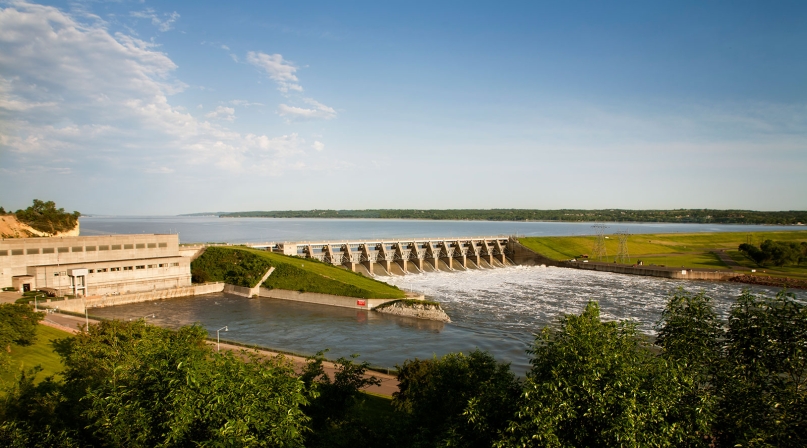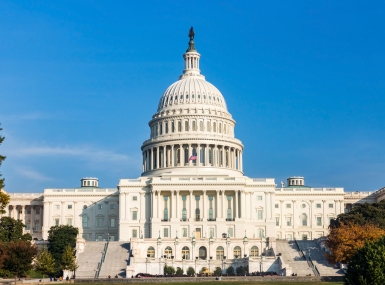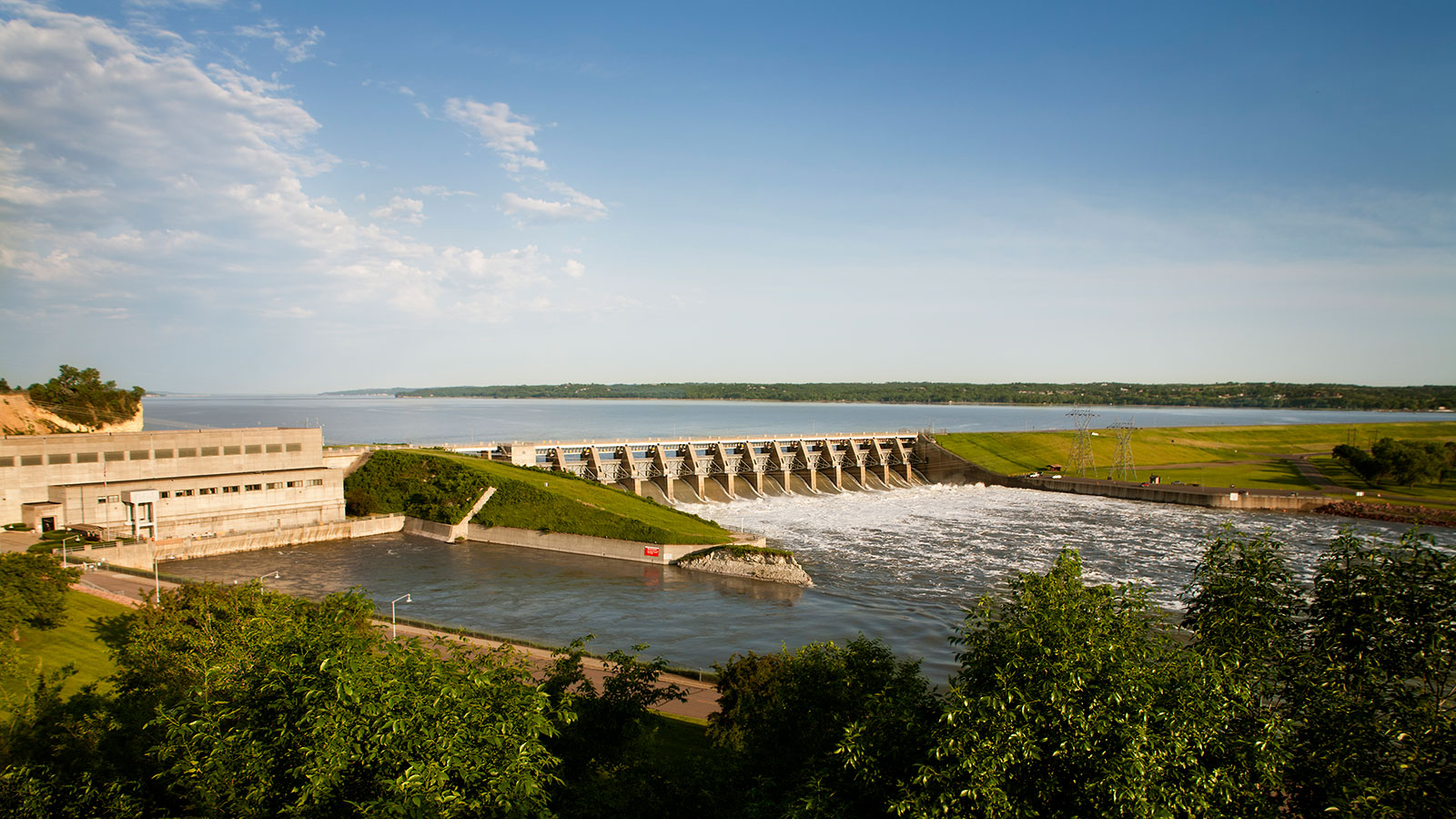Senate committee passes bipartisan water infrastructure legislation
Upcoming Events
Related News

Key Takeaways
On April 21, the U.S. Senate Committee on Environment and Public Works (EPW) unveiled bipartisan draft texts of a $17 billion water resources reauthorization bill, the America’s Water Infrastructure Act of 2020 (AWIA 2020), as well as a separate $2.5 billion clean drinking water authorization, the Drinking Water Infrastructure Act of 2020 (DWIA). NACo submitted comments to Chairman Barrasso (R-Wyo.) and Ranking Member Carper (D-Del.). Senate EPW marked up and passed both bills during a committee hearing on May 6.
As major owners, users and regulators of water resources and systems with the responsibility for funding 95 percent of all local public water infrastructure needs, counties and other local governments are directly impacted by the policies and funding authorized under both pieces of legislation. Counties invest $134 billion annually in the construction of infrastructure and the maintenance and operation of public works, including public water systems and water infrastructure projects.
Historically, Water Resource Development Act (WRDA) legislation, commonly referred to collectively as WRDA, authorizes water resource studies and projects and sets policies for navigation, flood control, hydropower, recreation, water supply and emergency management for the U.S. Army Corps of Engineers (Army Corps). This legislation is often passed on a biennial basis and addresses county interests related to ports, inland waterways, levees, dams, wetlands, watershed and coastal restoration. Each 2014, 2016 and 2018 water resource bill was enacted into law, and lawmakers are expected to consider and pass AWIA 2020 this year in the same bipartisan fashion.
DWIA, if enacted, would further amend P.L. 93-523, the Safe Drinking Water Act (SDWA) of 1974, and build onto progress made in P.L. 115-270, the America’s Water Infrastructure Act of 2018 (AWIA 2018) – the current authorization governing water resource and drinking water programs. The DWIA would reauthorize the clean drinking water programs administered by the U.S. Environmental Protection Agency (EPA).
Highlighted below are high-level provisions included in both pieces of legislation.
America’s Water Infrastructure Act of 2020
- Reduces red tape
- Funds waterways management
- Increases water storage
- Provides technical assistance to rural, small and tribal municipalities
- Reduces harmful air pollution emissions
- Authorizes funding for a variety of programs important to counties
- Water Infrastructure Finance and Innovation Act (WIFIA)
- Clean Water State Revolving Loan Fund
- NEW Wastewater Infrastructure Discretionary Grant Program
- Harmful Algal Blooms Demonstration Program
- Great Lakes Restoration Initiative
- Non-Federal Implementation Pilot Program
Drinking Water Infrastructure Act of 2020
- Makes public water systems of all sizes eligible for EPA drinking water grant program during emergencies
- Creates NEW direct discretionary grant program for counties
- Authorizes emergency appropriations for public water systems
- Mandates states use a percentage of Drinking Water State Revolving Loan Fund for grants
- Reauthorizes the Source Water Petition Program and authorizes counties to act
- Expands the Assistance for Small and Disadvantaged Communities Program
- Creates new competitive grant programs
- State Competitive Grants for Underserved Communities
- Grant program to connect low-income households to public water systems
- Reauthorizes the Drinking Water Infrastructure Risk and Resiliency Program
- Creates NEW pilot program to address lead contamination
- Establishes NEW operational sustainability program for small public water systems
- Creates NEW grant program for small and disadvantaged communities and mid-size water systems
- Directs EPA to study the accessibility of affordable public drinking water to low-income households
- Grants NEW funding eligibility for county-supported public water systems serving schools
- Reauthorizes and expands the Tribal Drinking Water Program
- Directs EPA to study emerging water technology, creates new grant program
Related News

U.S. House of Representatives passes SPEED Act and other permitting reform bills
On December 18, the U.S. House of Representatives passed the SPEED Act (H.R. 4776). The SPEED Act would strengthen county involvement in decision-making and make needed commonsense reforms to the federal environmental review process.

Counties and Railroads: Shared Priorities for the Next Surface Transportation Bill
County leaders from across the country have a vital opportunity to ensure their infrastructure priorities are front and center.

House lawmakers introduce bipartisan legislation to support World Cup local transportation needs
On December 2, U.S. Reps. Rick Larsen (D-Wash.-02) and Burgess Owens (R-Utah-04) introduced the Transportation Assistance for Olympic and World Cup Cities Act (H.R.6348), a bipartisan effort to strengthen local transportation systems in communities preparing to host major international sporting events
